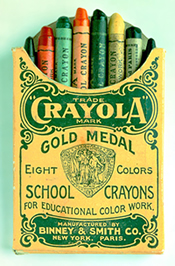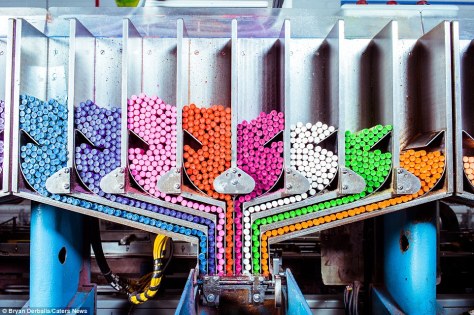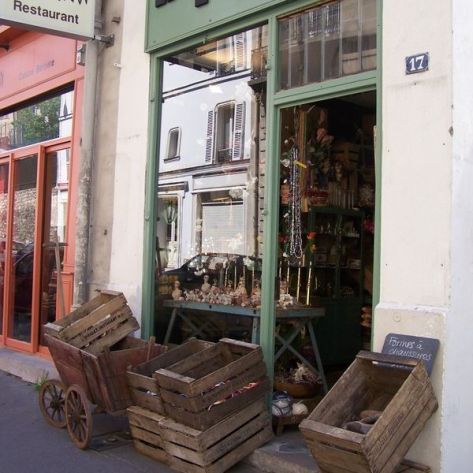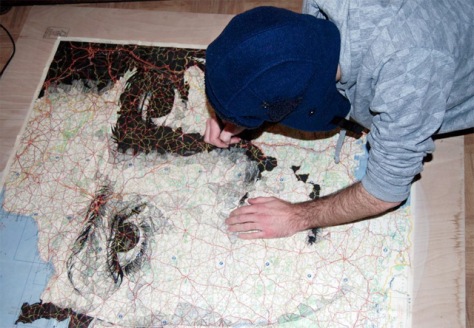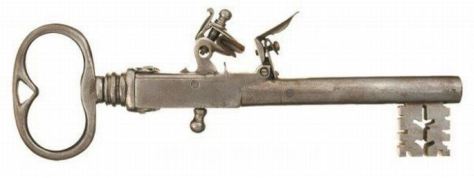
Costa Magarakis, a Tel Aviv-based artist also known as The Duck Pirate, specializes in sculpture that uses shoes as the base objects for some of his work. Footwear in his hands can become an animals body, a sailing vessel, or an imagined creature. As a child he spent time looking through his grandfather’s antique encyclopedia and old books. His results often feel stolen from drawings in children’s books from days gone by, often imitating Jules Verne or in modern day, Tim Burton.
Costa produces each sculpture thru a long process in which each shoe must be made suitable for reforming. Once he softens the old shoe, he adds fiberglass resin and a wide variety of materials that might include, glass, wood, metals and paint. Finished sculptures can sell for up to $1200.00.








